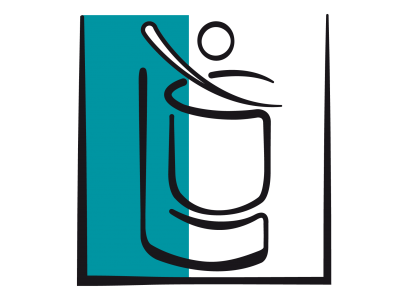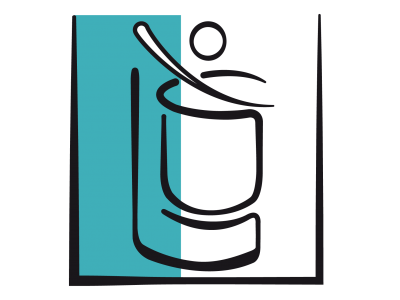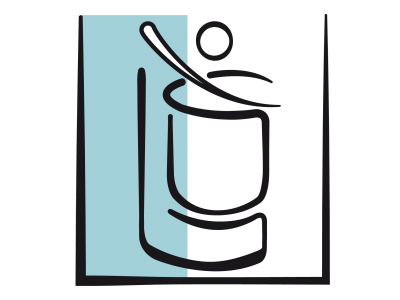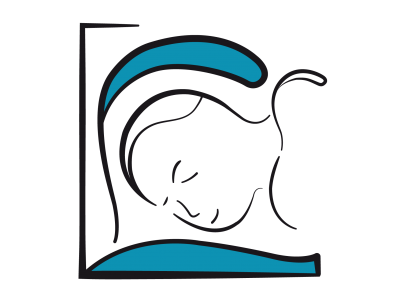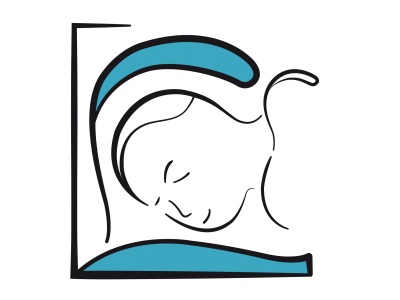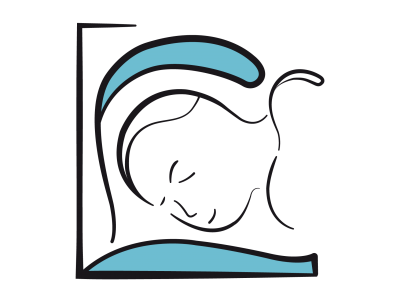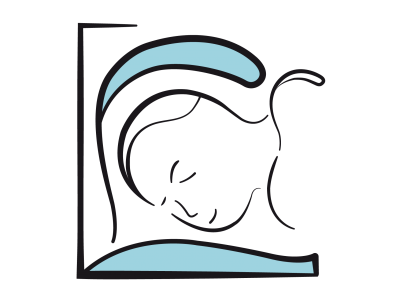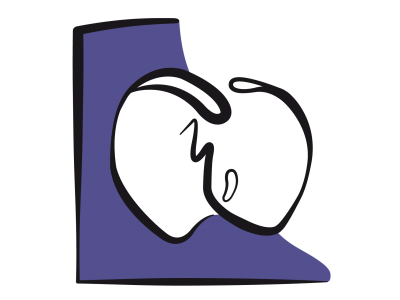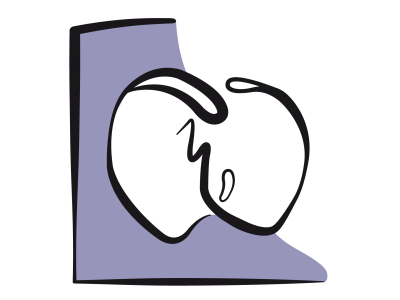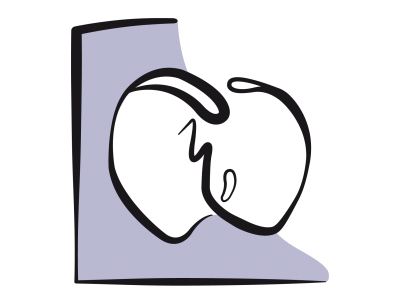Step 1 of 1
Prevalence
Progress in paediatric cardiac surgery over the past forty years has enabled many children, who had previously not survived adolescence, to reach adulthood. Currently, 85% of children born with a cardiac malformation reach adulthood [24], with 80% survival at 15 years for complex cases and > 98% for simple cases [13,20,24]. Moreover, this population is growing 5% annually [4,5,21,22]. The prevalence of congenital heart diseases is 0.5-1% of births (European mean: 0.82%), if we exclude patent foramen ovale (20%) and bicuspid aortic valve (2%) (Table 15.1) [22]. Complex malformations are rarer, only appearing in 0.1% of births [5]. However, half of these patients are now over 25 years old, representing 14% of all adult congenital heart disease cases [16,24]. The European cohort consists of almost 2 million adult (GUCH: grown-up congenital heart) patients, currently outnumbering paediatric cases [7,17,22]. However, their mortality is more than twice that of the general population in every age bracket, in most cases secondary to heart failure (45%), sudden death (19%) or another cardiac cause (18%) [23]. Moreover, their surgical risk is significantly higher for any non-cardiac surgical procedure [15]: their mean mortality is 4%, rising to 7.3% for complex pathologies [14]. Disorders most commonly affecting them are arrhythmias, ventricular failure, exertional dyspnoea, and sequelae specific to their malformation or correction [21].
Adult congenital heart disease patients require specific medical follow-up, with a very high rate of repeat hospital admissions, notably to monitor arrhythmias or ventricular failure. They undergo non-cardiac surgical procedures more frequently than the general population [20]. With the exception of those with simple pathologies, it is essential for these patients to be followed up at centres of excellence offering cardiology, surgical and intensive care departments dedicated to this field with capacity for surgery to be performed on at least 50 severe cases per year [2]. Their management requires specific knowledge that is different from that acquired in the conventional field of cardiology, anaesthesia and cardiac surgery.
Nevertheless, even if s/he does not practice in a specialist centre, any anaesthetist may encounter these patients during an urgent non-cardiac operation such as an appendectomy, urological reconstruction, fracture osteosynthesis, or Caesarean section. Since complex cases requiring transfer to a specialist centre are infrequent, with 600-800 per year recorded in Germany and Switzerland [11], his/her role is crucial to managing these patients in a non-specialist setting [18]. Familiarity with a number of key concepts is therefore necessary in order to understand the pathophysiology of these special cases. This chapter will attempt to provide an overview of the required knowledge.
Once they reach adulthood, patients with cardiac malformations can be divided into three distinct categories [2].
- Patients who have undergone total correction. Even if the lesion is anatomically corrected, the malformation and procedure generally leave the patient with major sequelae – haemodynamics are disrupted to a variable degree depending on the severity of the primary disorder and cardiac chamber remodelling. Survival at 20 years is > 98% for patients who have undergone surgery for an atrial septal defect (ASD), 95% for those who have undergone surgery for Tetralogy of Fallot, 80% for those with univentricular hearts, and 95% for those with transposition of the great arteries (TGA) following arterial switch, but just 56-80% after a switch of the venous returns at atrial level (Mustard or Senning procedures) [9]. Only patients with patent ductus arteriosus, ostium secundum-type ASDs and small, isolated VSDs avoid future sequelae, provided that surgery is performed before the age of 3 years [2]. For other patients, the severity of residual lesions depends on the age at which surgical correction took place: the earlier the child is operated on, the less severe the sequelae. That said, congenital heart diseases can generally be corrected, but rarely cured (fixed but not cured).
- Patients who have undergone partial correction or a palliative procedure. The haemodynamics of such cases are particularly complex since their physiology differs significantly from the norm. For example, a Fontan correction only allows optimal pulmonary blood flow during spontaneous breathing.
- Unoperated patients. Some malformations are diagnosed late as they are benign (small ASDs, small VSDs, minor pulmonary stenosis or bicuspid aortic valve) or because they only become symptomatic in the event of ventricular failure or imbalance between the systemic and pulmonary circulations (Ebstein anomaly, congenitally corrected TGA) [2]. In some cases, physiological vicariance such as the development of significant collateral circulation in cases of pulmonary stenosis may also result in virtually normal survival. Finally, some children live in countries where paediatric cardiac surgery is not available and are only managed if they migrate or benefit from medical aid programmes in developing countries.
For anaesthetists, these patients represent high-risk cases, especially if their general condition is impaired and surgery has left them with sequelae. Anaesthetists have a major responsibility since poor perioperative management contributes to 55% of complications and deaths [6]. Five factors are particularly closely associated with perioperative complications [1,3,4,10]:
- Arrhythmias (up to 50% of cases);
- Ventricular dysfunction and heart failure (20% of cases);
- Cyanosis (SaO2 ≤ 85%);
- Pulmonary hypertension (mean PAP > 25 mmHg at rest) (doubles mortality);
- Residual lesions, non-anatomical reconstruction, non-physiological haemodynamics.
As they grow older, these patients also develop adult-specific pathologies such as arterial hypertension, COPD, diabetes, strokes or coronary heart disease, although with a higher incidence than among the general population [4]. Moreover, congenital heart disease must be considered as a systemic disease entailing a host of malformations of the skeleton (dysmorphism and intubation difficulty), of the central nervous system (convulsions), of the respiratory system (restrictive and obstructive lesions), and of the liver and kidneys (65% of cyanotic patients suffer from nephropathy).
This patient population is rising since its life expectancy is continually improving. Furthermore, due to progress in neonatal cardiac surgery, many children who had previously not been viable are now able to grow up due to complex and often palliative operations. Consequently, they reach adulthood with pathologies for which heart transplantation represents the only chance of survival. Heart transplantation in these conditions is technically difficult due to vascular malformations and repeated operations.
After describing the anatomical nomenclature, we will address issues raised by the most common forms of adult congenital heart disease and the major problems facing anaesthetists. Although it may appear that pathophysiological data are given excessive coverage, this is necessary in order for anaesthetists to gain a clear understanding of the mechanisms with which they are obliged to work when managing patients with congenital heart disease [7,8,12,19].
© BETTEX D, CHASSOT PG, January 2008, last update May 2018
References
This patient population is rising since its life expectancy is continually improving. Furthermore, due to progress in neonatal cardiac surgery, many children who had previously not been viable are now able to grow up due to complex and often palliative operations. Consequently, they reach adulthood with pathologies for which heart transplantation represents the only chance of survival. Heart transplantation in these conditions is technically difficult due to vascular malformations and repeated operations.
After describing the anatomical nomenclature, we will address issues raised by the most common forms of adult congenital heart disease and the major problems facing anaesthetists. Although it may appear that pathophysiological data are given excessive coverage, this is necessary in order for anaesthetists to gain a clear understanding of the mechanisms with which they are obliged to work when managing patients with congenital heart disease [7,8,12,19].
| Adult congenital heart diseases |
| The incidence of congenital heart diseases is 0.5-1.0% of births. Due to successes in the field of paediatric cardiology, 80% of complex cases and > 98% of simple cases reach adulthood (0.5% of the population). Anaesthetists may face three situations: - Fixed but not cured heart disease: the patient is left with sequelae of variable severity (arrhythmias, ventricular failure) - Palliative procedure creating an unusual physiology - Unoperated heart disease Their mortality and surgical risk are twice as high as those of the general population. Any anaesthetist may be faced with any of these cases, especially in emergency situations, and must therefore be familiar with the pathophysiological principles governing management of these diseases. |
© BETTEX D, CHASSOT PG, January 2008, last update May 2018
References
- ANDROPOULOS DB, STAYER SA, SKJONSBY BS, et al. Anesthetic and perioperative outcome of teenagers and adults with congenital heart disease. J Cardiothorac Vasc Anesth 2002; 16:731-6
- BAEHNER T, ELLERKMANN RK. Anesthesia in adults with congenital heart disease. Curr Opin Anaesthesiol 2017; 30:418-25
- BAUMGARTNER H, BONHOEFFER P, DE GROOT NMS, et al. ESC Guidelines for the management of grown-up congenital heart disease (new version 2010). Eur Heart J 2010; 31:2915-57
- BHATT AB, FOSTER E, KUEHL K, et al. Congenital heart disease in older adults. A Scientific Statement from the American Heart Association. Circulation 2015; 131:1884-931
- BRICKNER EM, HILLIS LD, LANGE RA. Congenital heart disease in adults. First of two parts. N Engl J Med 2000; 342:1-12
- BROWN ML, DINARDO JA, ODEGARD KC. Patients with single ventricle physiology undergoing noncardiac surgery are at high risk for adverse events. Paediatr Anaesth 2015; 25:846-51
- CANNESSON M, EARING MG, COLLANGE V, KERSTEN JR. Anesthesia for noncardiac surgery in adults with congenital heart disease. Anesthesiology 2009; 111:432-40
- CHASSOT PG, BETTEX DA. Anesthesia and adult congenital heart disease. J Cardiothorac Vasc Anesth 2006; 20:414-37
- ERIKSSEN G, LIESTOL K, SEEM E, et al. Achievements in congenital heart defect surgery: a prospective, 40-year study of 7,038 patients. Circulation 2015; 131:337-46
- GATZOULIS MA, WEBB GD, DAUBENEY PEF. Diagnosis and management of adult congenital heart disease. Edinburgh, Churchill-Livingstone, 2003, 317 p
- KAEMMERER H, FRATZ S, BAUER U, et al. Emergency hospital admissions and three-year survival of adults with and without cardiovascular surgery for congenital cardiac disease. J Thorac Cardiovasc Surg 2003; 126:1048-52
- LOVELL AT. Anaesthetic implications of grown-up congenital heart disease. Br J Anaesth 2004; 93:129-39
- MARELLI AJ, MACKIE AS, IONESCU-ITTU R, et al. Congenital heart disease in the general population: changing prevalence and age distribution. Circulation 2007; 115:163-72
- MAXWELL BG, WONG JK, KIN C, et al. Adult congenital heart disease patients undergoing noncardiac surgery and the role of anesthesiologists as perioperative physicians. Anesthesiology 2013; 119:762-9
- MAXWELL BG, WONG JK, LOBATO RL. Perioperative morbidity and mortality after noncardiac surgery in young adults with congenital or early acquired heart disease: a retrospective cohort analysis of the National Surgical Quality Improvement Program database. Am Surg 2014; 80:321-6
- McGOWAN FX. Perioperative issues in patients with congenital heart disease. IARS lectures. Anesth Analg 2005; 100:S53-S61
- MOONS P, MEIJBOOM FJ, BAUMGARTNER H, et al. Structure and activities of adult congenital heart disease programmes in Europe. Eur Heart J 2010; 31:1305-10
- PERLOFF JK, WARNES CA: Challenges posed by adults with repaired congenital heart disease. Circulation 2001; 103:2637-43
- ROUINE-RAPP K, RUSSELL IA, FOSTER E. Congenital heart disease in the adult. Int Anesthesiol Clin 2012; 50:16-39
- RUSSEL IA, ROUINE-RAPP K, STRATMANN G, MILLER-HANCE WC. Congenital heart disease in the adult: A review with Internet-accessible transesophageal echocardiographic images. Anesth Analg 2006; 102:694-723
- TRIEDMAN JK, NEWBURGER JW. Trends in congenital heart disease. The next decade. Circulation 2016; 133:2716-33
- VAN DER LINDE D, KONINGS EE, WITZENBURG M, et al. Birth prevalence of congenital heart disease worldwide: a systematic review and meta-analysis. J Am Coll Cardiol 2011; 58:2241-7
- VERHEUGT CL, UITERWAAL CS, VAN DER VELDE ET, et al. Mortality in adult congenital heart disease. Eur Heart J 2010; 31:1220-9
- WARNES CA, LIBERTHSON R, DANIELSON GK, et al: Task Force 1: The changing profile of congenital heart disease in adult life. J Am Coll Cardiol 2001; 37:1170-5
15. Anesthesia for adult congenital heart disease patients
- 15.1 Introduction
- 15.2 Nomenclature and pathophysiology
- 15.3 Approach by pathology
- 15.3.1 Classification
- 15.3.2 Diagnostic methods
- 15.3.3 Anomalous venous returns
- 15.3.4 Atrial septal defects (ASDs)
- 15.3.5 Atrioventricular canal (AVC) defects
- 15.3.6 Ebstein anomaly
- 15.3.7 Ventricular septal defects (VSDs)
- 15.3.8 Ventricular hypoplasia
- 15.3.9 Tetralogy of Fallot
- 15.3.10 Mixed shunt
- 15.3.11 Pulmonary stenosis
- 15.3.12 Anomalies of the LV ejection pathway
- 15.3.13 Transposition of the great arteries (TGA
- 15.3.15 Coarctation of the aorta
- 15.3.14 Congenitally corrected TGA
- 15.3.16 Arterial abnormalities
- 15.4 General considerations for anesthesia
- 15.5 Conclusions






